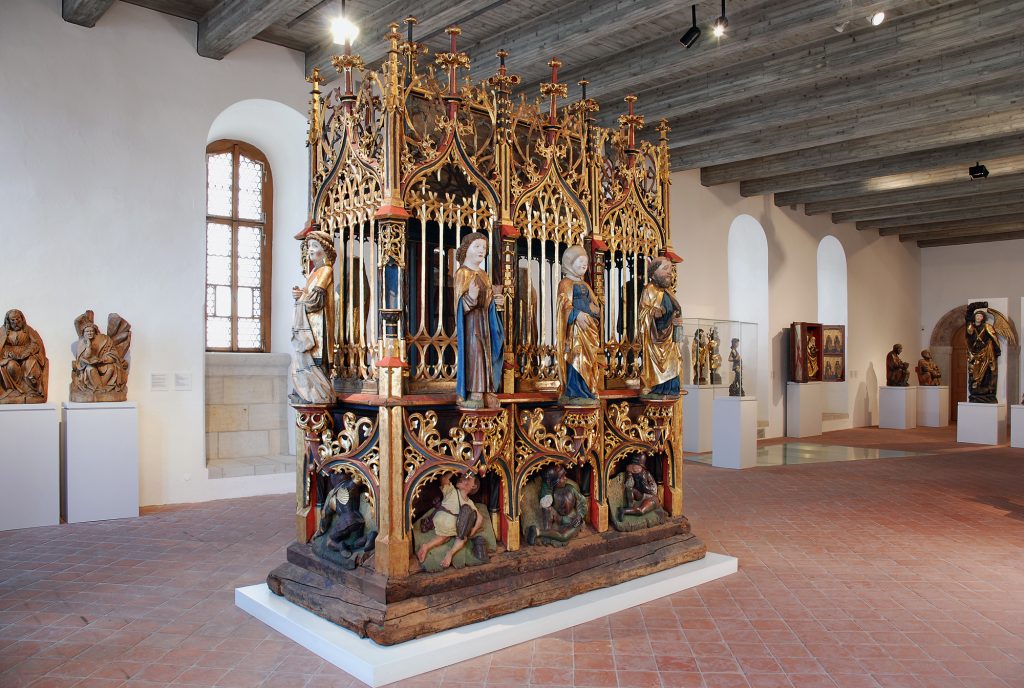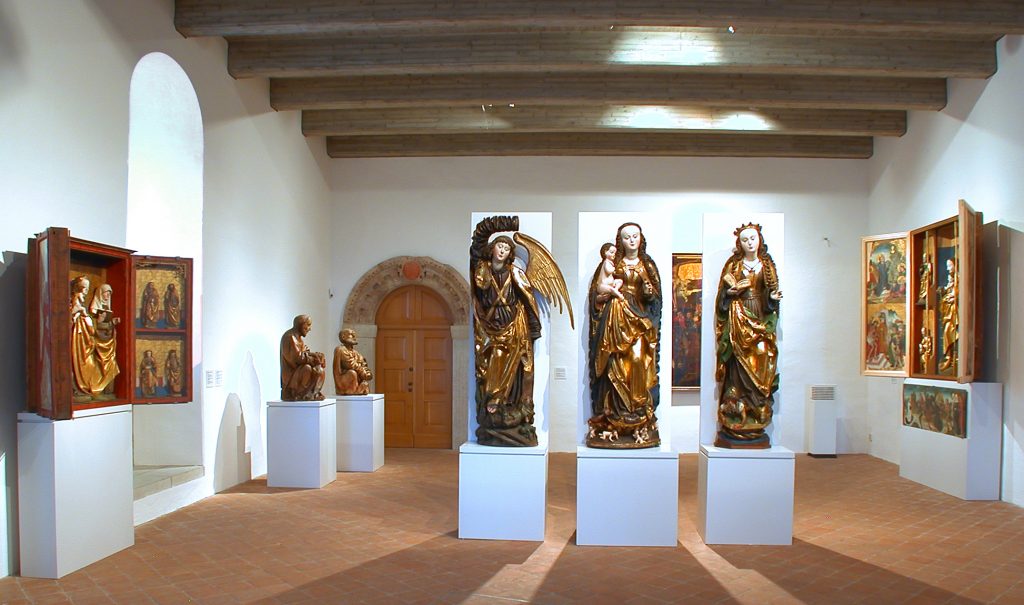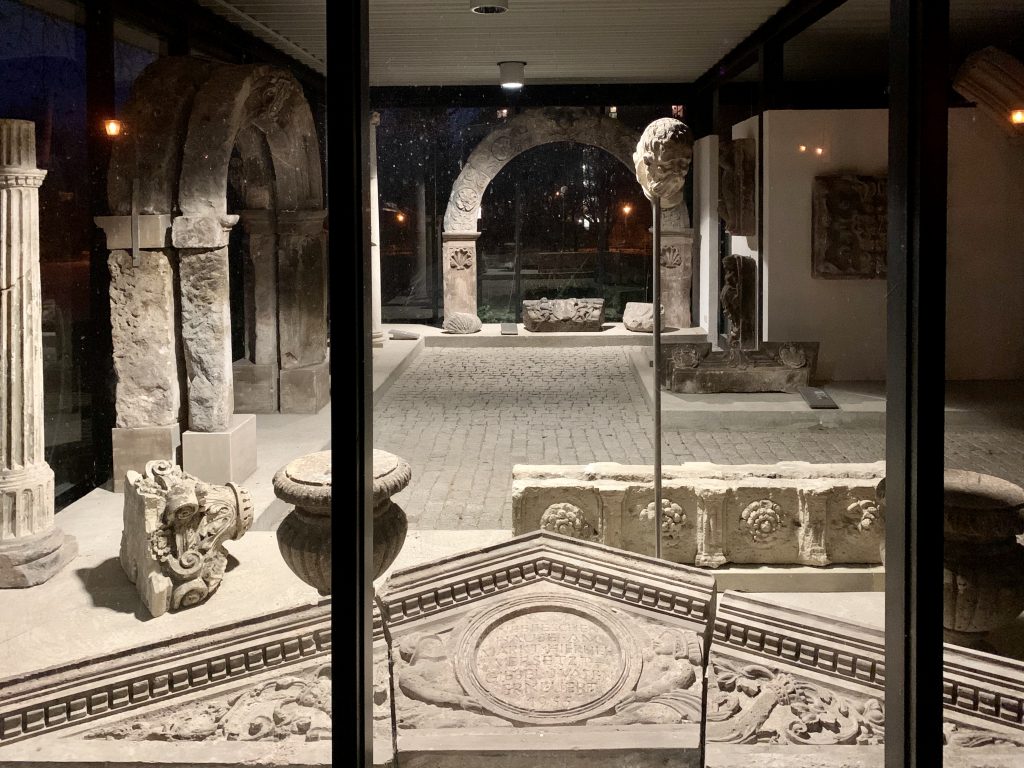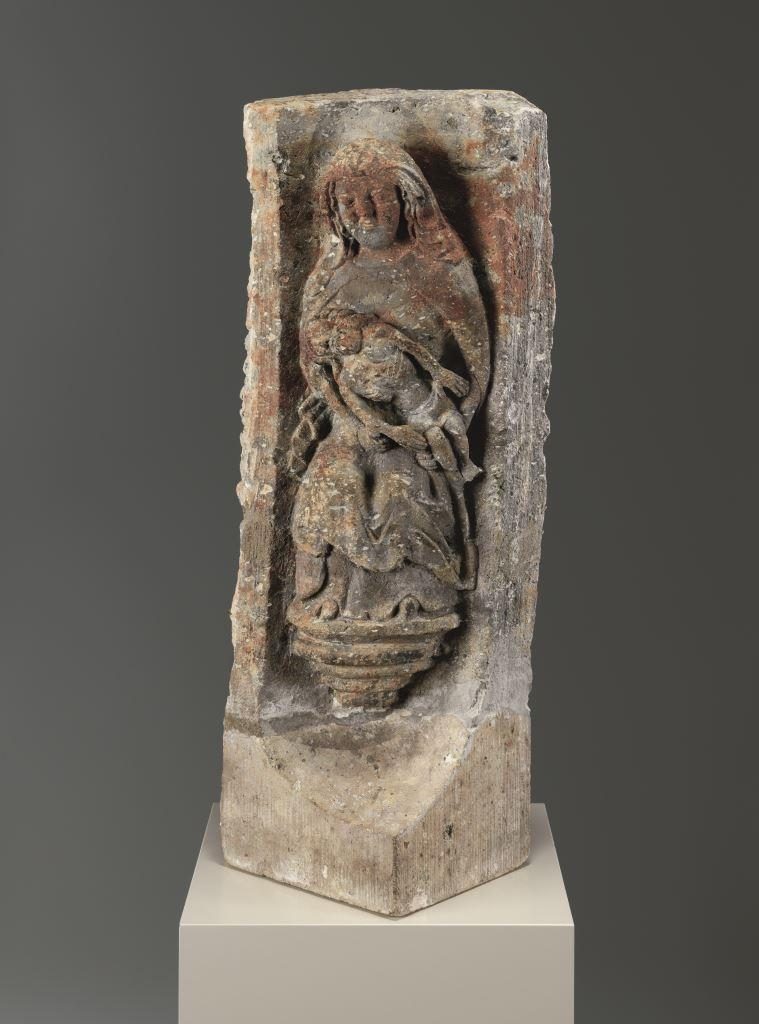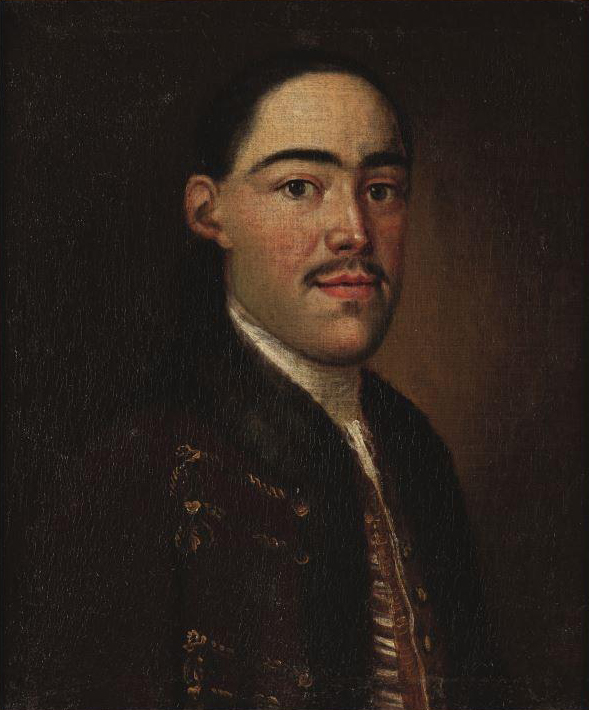The Museum of History of the City of Chemnitz is housed in one of the most beautiful and best-preserved monastery sites in Saxony. Around 1135, Emperor Lothar ordered to build a Benedictine monastery on a ridge above the Chemnitz River, which would exist until the age of Reformation. The preserved building stock originates from different construction phases: The Romanesque southern apse of the monastery church is part of the foundation building (around 1150), the early Gothic eastern wing belongs to the oldest stone cloister building (1275), and the southern wing and the church to the late Gothic building phase (1483–1539) under the last two abbots, Heinrich von Schleinitz and Hilarius von Rehburg.
In 1548–1549, Elector Moritz of Saxony had the representative monastery site turned into a Renaissance-style summer residence – up to the present day, the two halls on the upper floor formidably bear witness to this. Later electors used the palace mainly as the seat of the territory administration and as quarters for the summer hunting season.
In 1929–1931, the City of Chemnitz established the Historical Museum of the City in the former rooms of the monastery and palace. Within the following decades, the name »Schloßbergmuseum« took hold. Due to the deteriorating state of the buildings, the objects held there had to be transferred to a warehouse in 1979. The two old cloister wings were then thoroughly renovated and the two demolished wings rebuilt in modernised form.
Since the re-opening of the Museum in 1994/1995, the old monastery and palace have once again been home to a comprehensive collection of Chemnitz’s history. Its most beautiful assets in paintings and sculptures, historic textiles, jewellery, furniture, and articles of daily use from the 12th to the 20th centuries are on view in the permanent exhibition Bildersaal Chemnitzer Geschichte. The museum also organises regular special exhibitions on cultural and art historical themes.
The exhibition Gotische Skulptur in Sachsen (Gothic Sculpture in Saxony), presenting the most important collections of sacred art in the Free State of Saxony, is shown in the reconstructed historical monastery rooms on the ground floor (cloister, refectory, chapter house, and parlatory). Unique works of medieval sculpture and panel painting from Meissen-Saxony can be seen here, including works by Hans von Cöln, the Master H. W., and the Chemnitz Sacred Tomb. The exhibition is a co-operation between the Staatliche Kunstsammlungen Dresden and the Kunstsammlungen Chemnitz.
Directions Directions




